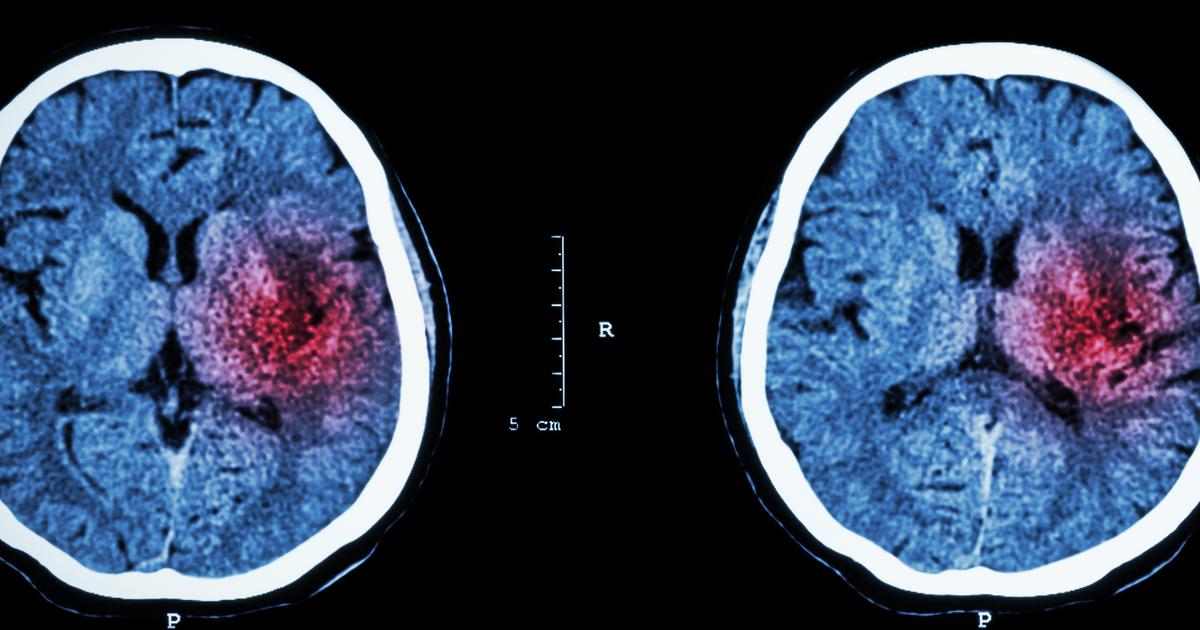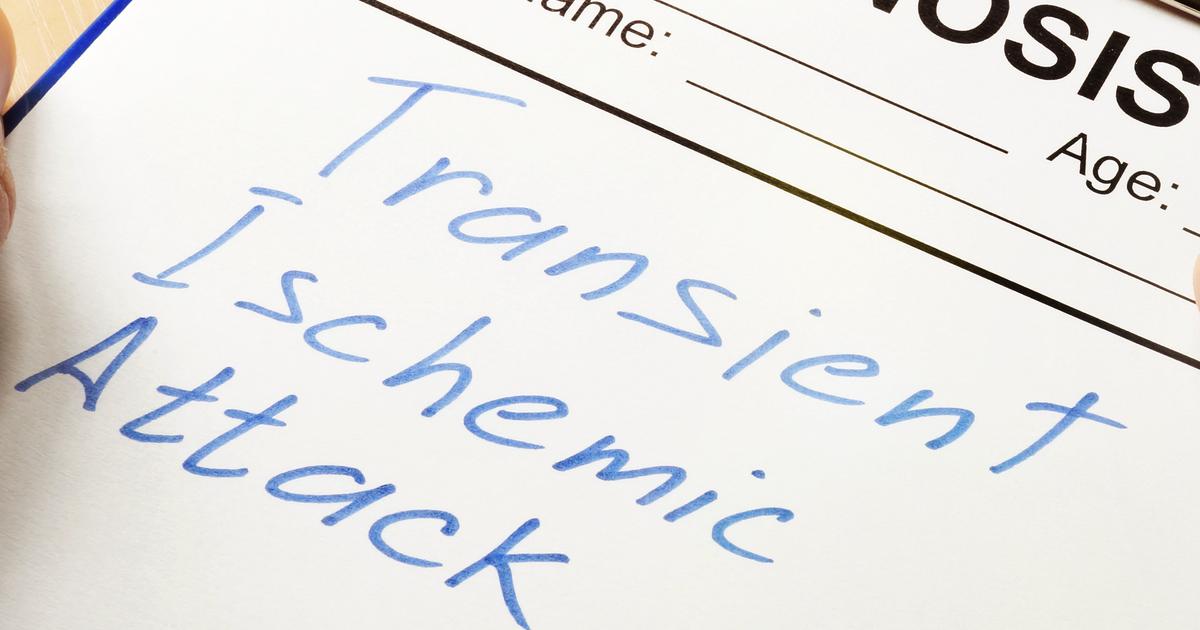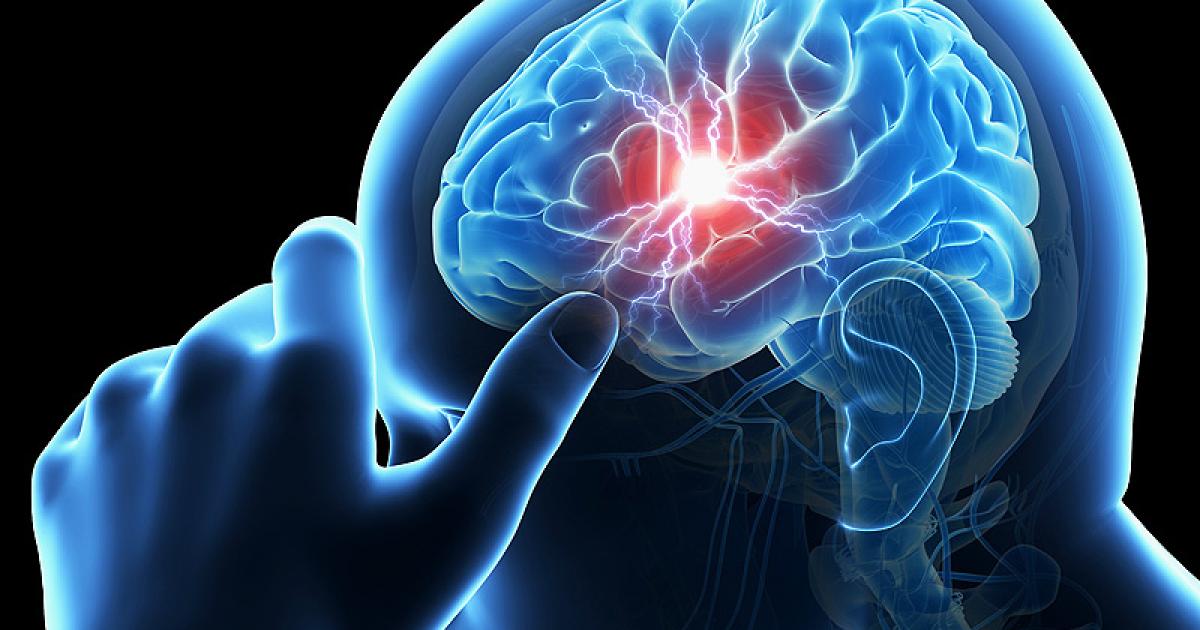What Are The Different Types Of Stroke?
Stroke is a condition where an individual's brain becomes deprived of its blood supply due to an artery that ruptures or becomes obstructed. This mechanism causes the cells within the brain tissues to begin to die. Numerous risk factors can cause an individual to be more susceptible to a stroke than others, including a family history of stroke, inactive lifestyle, being overweight, and being an age older than 55 years. Symptoms of a stroke include headache, vomiting, difficulty walking, dizziness, face numbness, numbness in extremities, vision problems, problems with bladder control, bowel control problems, face droopiness, and arm weakness. The onset of a stroke is rapid, making it difficult to diagnose before it occurs. Blood tests, CT scans, MRI scans, carotid ultrasound, cerebral angiogram, blood tests, and echocardiograms are used to diagnose a stroke. Stroke treatment is dependent on the type of stroke an individual has.
Hemorrhagic Stroke

Hemorrhagic stroke is a type of stroke caused by the leakage of blood from an artery located in the brain. Blood gets into the surrounding brain tissue when an individual has a blood vessel that has become weakened and bursts. Brain cells become damaged from the pressure placed on them by the leaked blood, causing the damaged tissue to be unable to function correctly. Hemorrhagic stroke has two different subtypes: subarachnoid hemorrhage and intracerebral hemorrhage. An intracerebral hemorrhage that causes a stroke occurs when the bleeding is isolated to the inside of the brain tissue. A subarachnoid hemorrhage that precipitates a stroke occurs when the blood is leaked into the space between the patient's brain and the protective membranes that cover it. To treat these types of strokes, the bleeding in the brain must be mediated, and the pressure in or on the brain tissues must be reduced to prevent further permanent brain damage.
Ischemic Stroke

Ischemic stroke is a type of stroke that occurs when the arteries in the brain become obstructed. Approximately nine out of every ten strokes are considered ischemic strokes. Atherosclerosis, a disease where an individual develops an accumulation of plaque and fatty deposits in their blood vessels, is the most common cause of an ischemic stroke. Plaque can build up in the arteries in the affected individual's brain and result in an ischemic stroke. A blood clot can also become stuck in an artery in the brain that has become narrowed due to plaque buildup. High cholesterol levels, smoking, and high blood pressure are the two most significant risk factors for an ischemic stroke. There are two different types of ischemic strokes. An embolic stroke occurs when the blood vessels of the brain become obstructed due to a piece of plaque, blood clot, or another object formed in another region of the body travels to the brain. A thrombotic stroke occurs when a clot initially forms inside of the blood vessel contained within the brain.
Transient Ischemic Attack

A transient ischemic attack is a term used to describe a type of mini-stroke similar to an ischemic stroke. The difference between a transient ischemic attack and an ischemic stroke is the transient ischemic attack only lasts for several minutes and does not result in permanent damage to the brain tissue. Because a transient ischemic attack is a quick and minor form of an ischemic stroke, its symptoms are the same as those of an ischemic stroke. Most symptoms of a transient ischemic attack will last for less than twenty-four hours. Having a transient ischemic attack significantly increases the patient's risk of having a future stroke. Approximately thirty-three percent of all individuals who experience a transient ischemic attack will experience an ischemic stroke within a year. Individuals who have a transient ischemic attack may need to go on medications that help lower the risk of having another stroke or attack, such as blood thinners and blood pressure reducers.
Cryptogenic Stroke

A cryptogenic stroke is a type of stroke where some portion of their brain tissues has died from blood deprivation, but a specific cause is unable to be found. When an individual experiences a stroke, the physician will perform an evaluation to help determine what may have caused the stroke. This evaluation is done because future strokes can be prevented with certain types of treatment if the underlying cause can be identified. This evaluation typically includes the use of brain CT scans, brain MRI, transcranial doppler study, angiography, and a complete echocardiographic study of the patient's heart. Underlying causes that must be ruled out before declaring an individual has had a cryptogenic stroke include blood vessel thrombosis in the brain, embolus in the brain, brain tissue inflammation, and a brain aneurysm. Even though no cause has been identified for a cryptogenic stroke, they have a lower chance of a stroke recurrence than those who have other types of strokes. Less than one in five individuals who have had a cryptogenic stroke will have another stroke within two years.
Brain Stem Stroke

A brain stem stroke is a type of stroke where the blood supply to the individual's brain has become blocked in a location within the brainstem. Bleeding or a vessel obstruction can cause this type of stroke. The symptoms of a brainstem stroke tend to be different than those that occur in other types of strokes. An individual's brainstem is responsible for controlling their heartbeat, blood pressure, breathing, swallowing, speech, eye movements, and hearing. Individuals who have a brain stem stroke may lose their sense of taste and smell. Another complication that may occur with a brain stem stroke is called locked-in syndrome, where the whole body becomes paralyzed besides the muscles that move the affected individual's eyes. Patients who have locked-in syndrome are still able to think normally, and can communicate through the movement of their eyes. A brain stem stroke can be the most dangerous type of stroke because of the vital functions the brain stem has control over.
